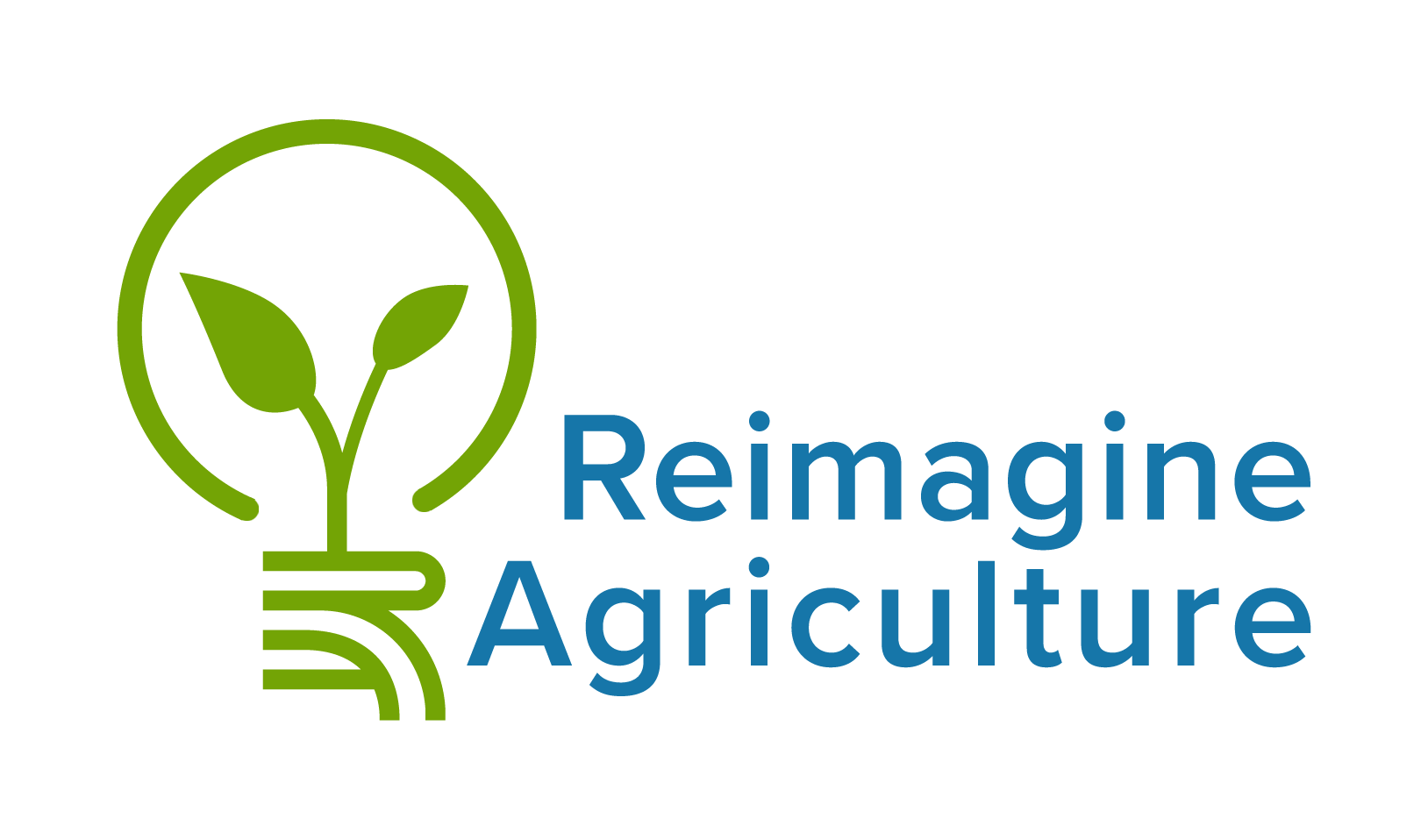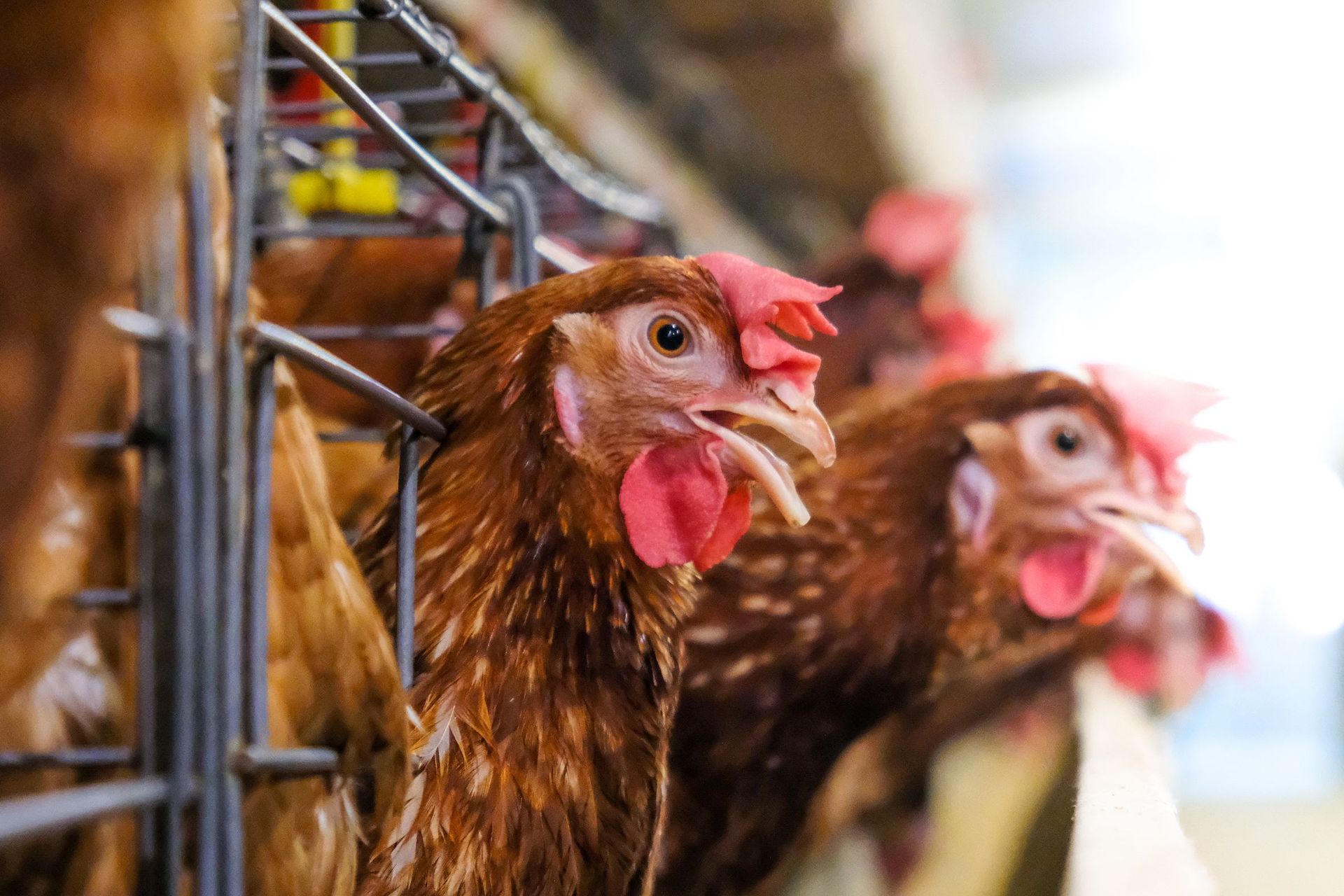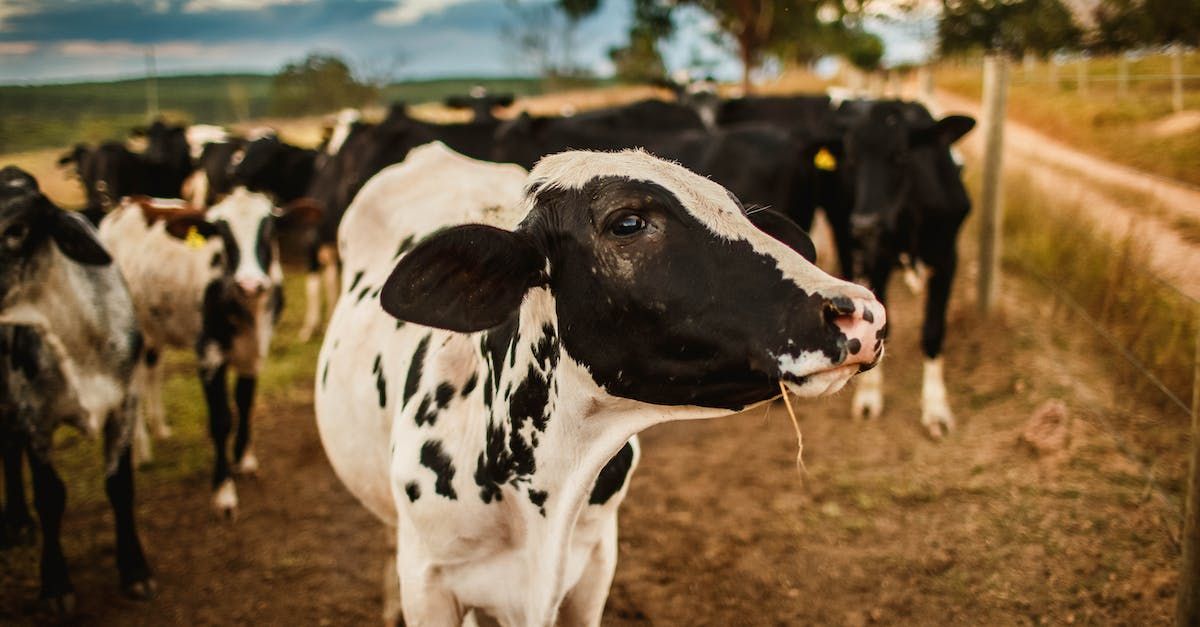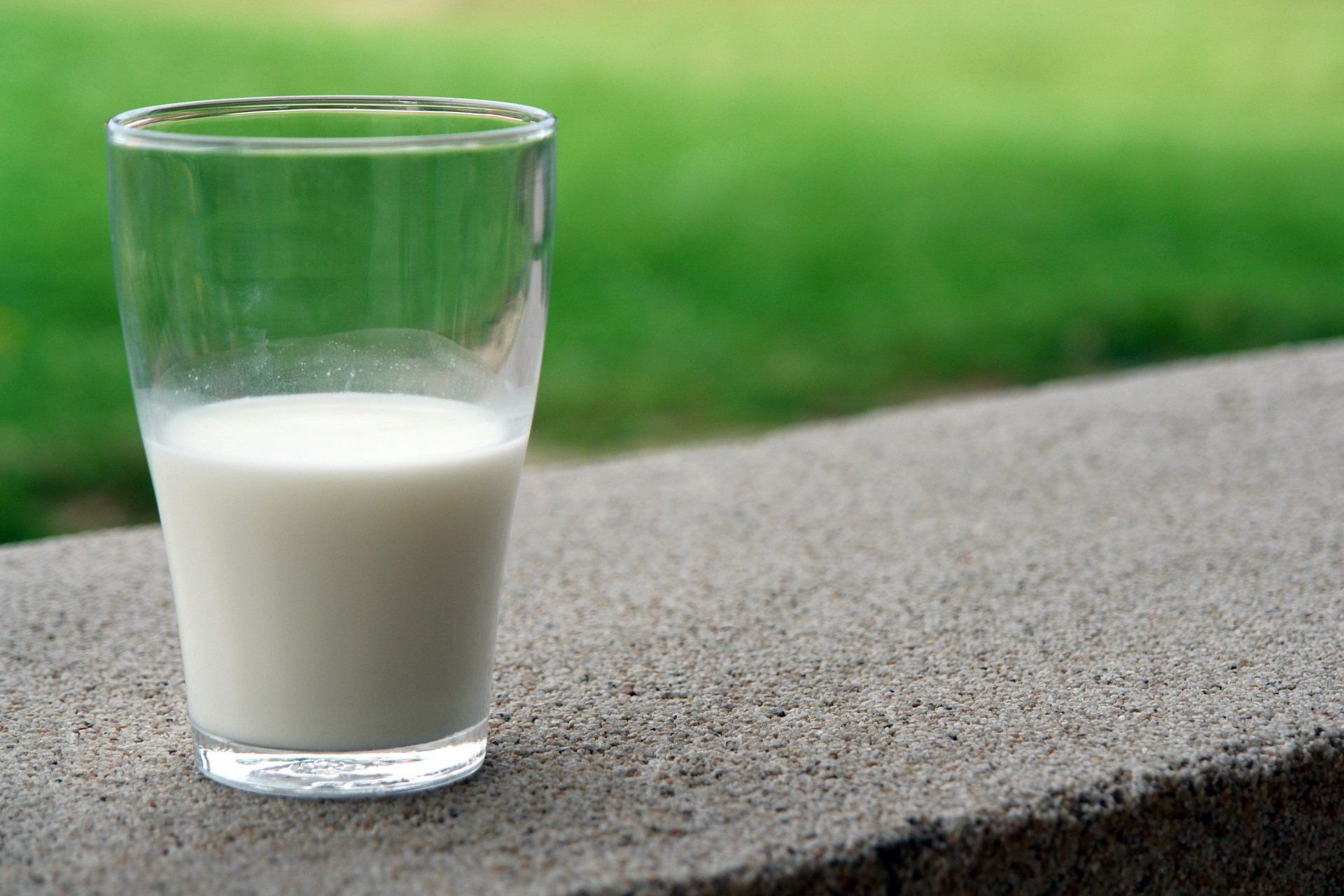Food Waste in Canada: A Primer
Lucas Porter • August 15, 2020
Think food waste is just apple cores? Think again
Written by Lucas Porter
Want to download a cited copy of this blog post? Click Here
Those who call Canada home are blessed with abundance in so many forms – an abundance of fresh water and clean air and natural resources. We are also responsible for creating an abundance of food that is never eaten. Food waste and food loss is an environmental issue on a global scale, and Canadians are some of the most notorious wasters. To put the size of the problem into perspective, it is estimated that across our food supply chain, almost 400kgs of food per person is lost or wasted to the garbage bin and the landfill each year – that’s more than the weight of a female polar bear for each Canadian! By creating a food system that is more efficient at every stage of production, we can realize significant environmental, cost and energy savings. Thankfully, there are actions that we can take - both individually and as a collective - to being to address these inefficiencies in our food system.
Food waste is defined as food that is still fit for human consumption being removed from the supply chain. Wasted food, typically from consumers, grocers and restaurants who throw away food that is still edible, is a major problem in our agricultural system. Food waste is a problem that each person can help address by being more conscious of the food they’re buying, and the food they’re throwing out. Alternately, food loss refers to the portion of food that is damaged, spoiled or rendered inedible along the supply chain from farm to table. It is typically caused by poor management or logistics during transportation, a lack of training, or a lack of storage facilities. This is typically a failure of logistics or policy and is best addressed by businesses and governments. Food loss and food waste come mainly from four places along the journey from farm to stomach: Food is lost on the farm, it’s damaged or deemed not good enough during transportation and processing, throwing out by grocery stores, and misused or discarded in the home. There’s a lot of places for fruit, veggies, grains, meat and dairy to get lost along the way.
In the wide-ranging battle against climate change, the agricultural sector is often passed over as a sector to innovate and spur change. Overproducing and underutilizing food has a flurry of negative externalities for both human and environmental systems that will only worsen as high-input foods such as meats, dairy and highly processed foods become more accessible to more people. By discarding food before consumption, the resources that were used to make it are lost as well. Environmental resources, like the land, clean water and fertilizer that are used to grow food that is never eaten are wasted resources that can be considered some of the principal negative externalities.
The Canadian food system - from growing plants and animals, right through to cooking our dinner - is a significant source of energy use. There are massive amounts of electricity and fuel involved in growing food, transporting it from farm to table, refrigerating everything considered perishable, and processing crops and livestock into the more refined goods we find on store shelves. The emissions coming from all this energy use, combined with the methane and other gases that are released from improper decomposition are a significant source of greenhouse gas emissions and a contributor to global climate change. Food-related strategies to address climate change often fly under the radar for not being as interesting or flashy as green energy technology or electric cars. But the scale of this problem is huge; in North America, yearly emissions from food waste are equivalent to the emissions from 41 million cars being driven all day every day. Not only does food waste emit greenhouse gases as it breaks down in landfills and dumps, but food also amasses a carbon footprint of its own as it works its way through the supply chain: the farther along the chain the food gets, the large a carbon footprint it has. This is why food waste at home should be everyone’s first priority since all of the energy used to grow, harvest, process, transport and cook the food in question has been lost if the food only ends up in the garbage.
Here are some strategies you employ at home you can do to save some money and reduce your food waste:
- Pledge to only buy what you need,
- Make a meal plan,
- Use leftovers first,
- Cook with the fresh fruit and veggies you have on hand every day
- Compost what we cannot eat
Food Waste in Canada will be a series of posts that will explore food waste in Canada and what we can all do to help eliminate it. Each post will explore one link in the food’s journey from farm to table and explain how food waste creeps into the food chain, and what each of us can do to stop it.
In the next post in this series, we’ll be taking a look at the causes of food waste on the farm, why farmers would have an incentive to waste the food, and what we as consumers and citizens can do about it. On-farm waste accounts for the largest section of food waste in the North American food system, so there’s plenty we can do to help out. Though if you’re interested in learning more about how you can reduce your food waste and just can’t wait, especially if you would like to talk to your kids more about food waste, I recommend you check out the Commission for Environmental Cooperation’s website, and their Food Matters Action Kit
to start reducing your food waste now.
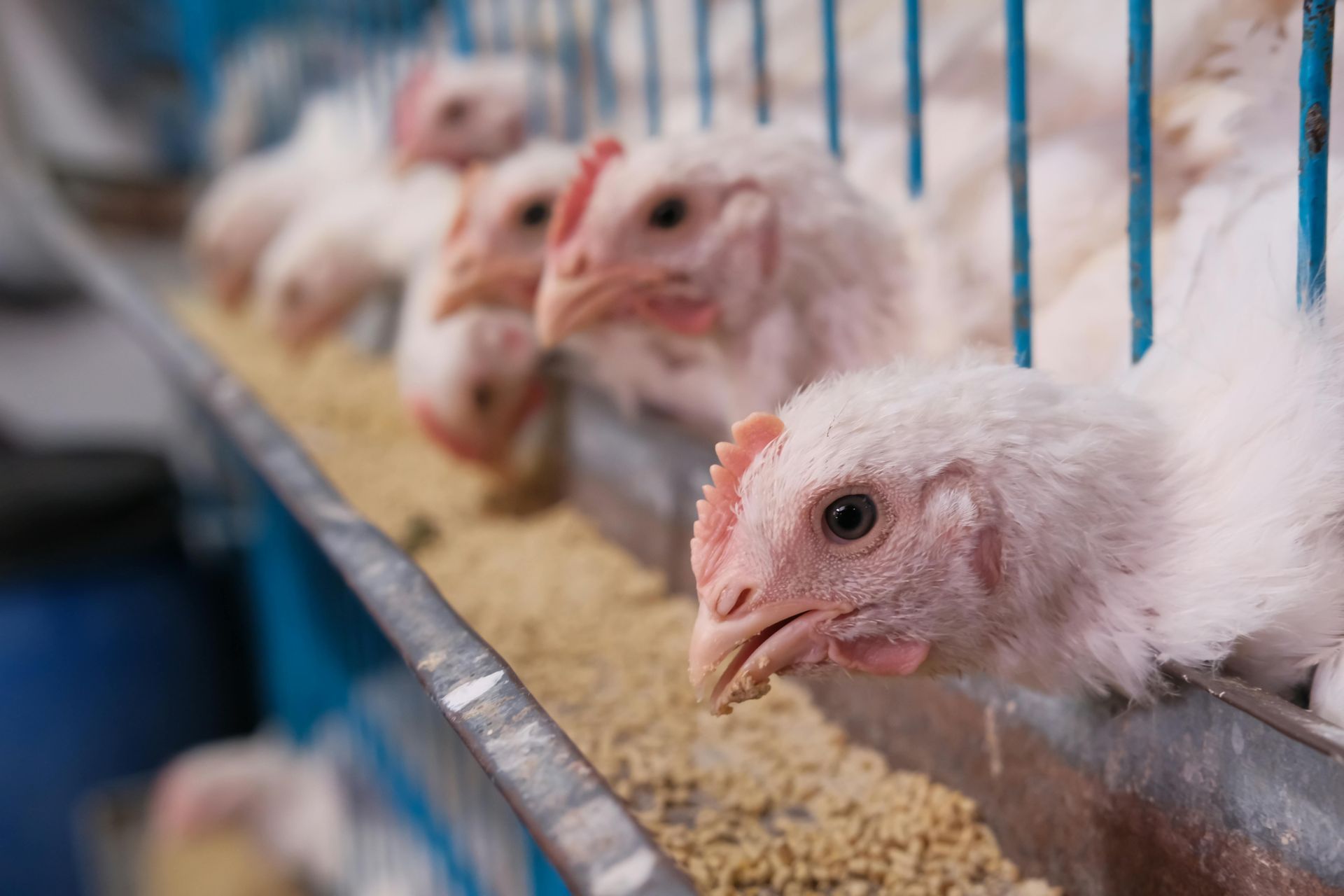
The 2024 Canada Animal Welfare Scorecard evaluated animal welfare commitments and transparency across 40 leading Canadian food companies. Focusing on cage-free eggs, gestation-crate-free pork, and adherence to Better Chicken Commitment (BCC) standards, the report uncovers serious gaps in transparency, industry-wide “humanewashing,” and persistent animal welfare issues. Here’s a breakdown of the most troubling findings. 1. Lack of Transparency in Major Retailers and Foodservice Providers Walmart Canada, Calgary Co-op, and Federated Co-operatives have demonstrated minimal transparency, failing to publish updates or roadmaps on their animal welfare commitments. Walmart Canada is the only top-five retailer in Canada not reporting any progress on welfare practices, despite publishing incremental updates in the U.S. Meanwhile, Calgary Co-op still lacks any published policies or progress toward ending confinement for hens and pigs, despite its members’ vote to support humane conditions over a decade ago. 2. Misleading Industry Claims and "Humanewashing" Tactics A major issue facing Canadian consumers is the widespread “humanewashing” in the food industry, where companies use misleading labels and terminology to suggest higher animal welfare standards than actually practiced. Companies like Burnbrae Farms label their eggs as “Nestlaid,” implying cage-free conditions, which leads nearly half of surveyed consumers to mistakenly believe these eggs come from open barns. Industry groups, including Chicken Farmers of Canada , amplify this confusion by using terms like “family farms” to evoke images of small, humane operations, even when products are sourced from intensive confinement systems. Rather than improving actual welfare standards, these organizations invest heavily in shaping public opinion through corporate responsibility reports and marketing campaigns, leaving consumers misinformed about the true conditions behind their food. 3. The Crisis of "Frankenchickens" in Poultry Production The Canadian poultry industry’s use of ultrafast-growing birds, often termed “Frankenchickens,” remains a primary welfare issue. These birds are bred to grow four times faster than chickens in the 1950s, resulting in painful health problems and limiting their ability to move or access food and water. Although companies have pledged to stop using these breeds by 2026, few have shown significant action on this front. Major Canadian poultry producers continue to use these breeds, creating severe welfare implications. 4. Continued Use of Gestation Crates for Pigs Gestation crates remain the norm across Canadian pork production, confining mother pigs in cramped stalls that prevent them from turning around. Some progress is evident, with companies like Costco and Starbucks Canada reporting steps toward group housing. However, Walmart Canada and Federated Co-operatives have not published policies or progress. While the industry timeline for complete phase-out stretches to 2029, these companies have yet to implement meaningful welfare improvements, prolonging extreme confinement for Canada’s 1.2 million breeding sows. 5. Slow Progress in the Shift to Cage-Free Eggs Despite growing opposition to cage confinement from Canadian consumers, the Canadian egg industry continues to invest in “enriched” cage systems that offer only minor improvements over conventional battery cages. Companies like Metro and Sobeys committed to sourcing cage-free eggs but report slow progress across their supply chains, while Calgary Co-op has yet to report any steps forward. Globally, over 2,600 companies have committed to eliminating cages, but Canada falls behind due to its reliance on slightly modified cage systems. Moving Forward: Accountability and Clear Roadmaps Required Companies need transparent roadmaps, annual goals, and consistent reporting to keep pace with rising consumer and investor expectations. Brands such as A&W Canada, Aramark, and Panago Pizza have set strong examples, publishing BCC-compliant policies and reporting progress, proving tangible progress is achievable. However, for others, a significant gapremains between public promises and the welfare practices in their supply chains.
